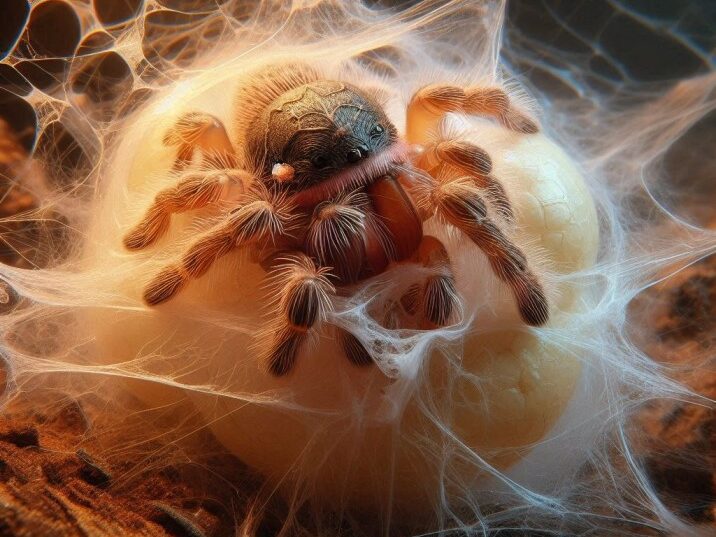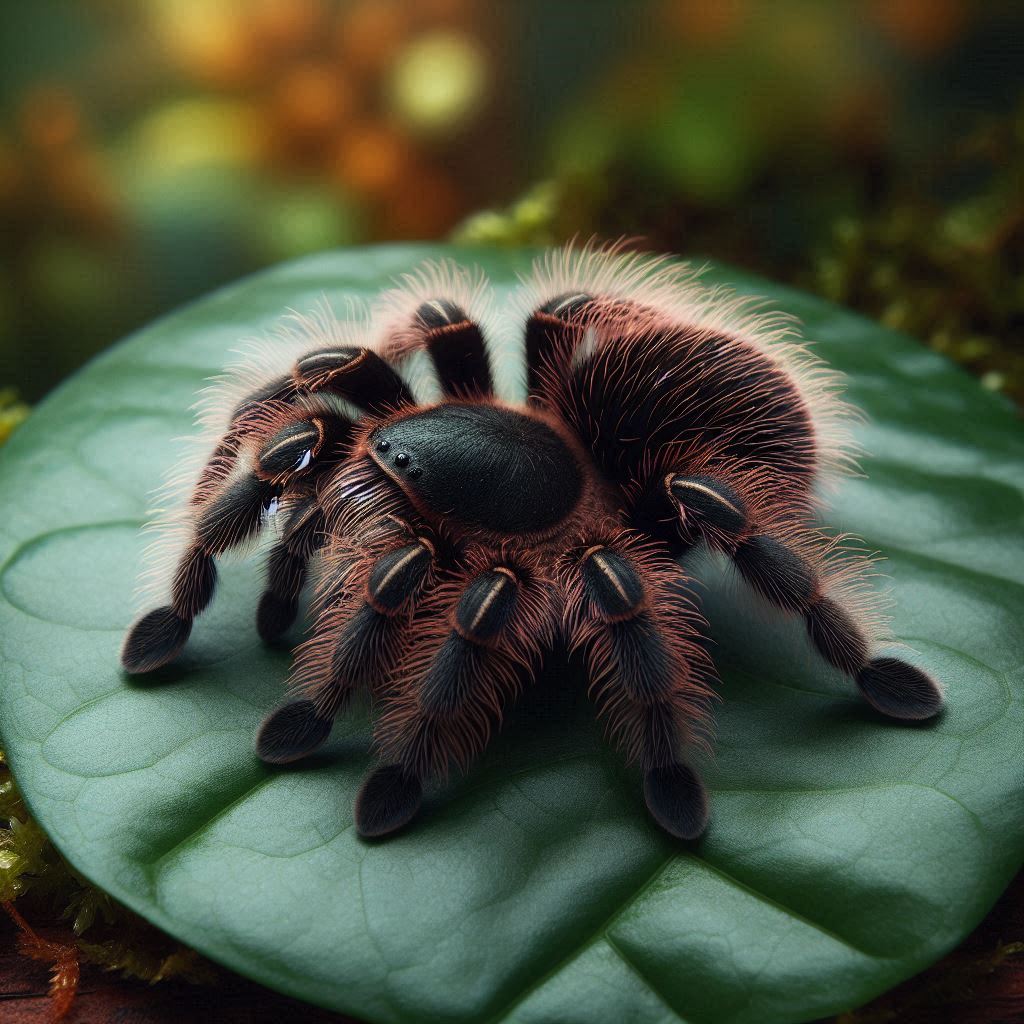Introduction
Table of Contents
Tarantulas are one of the most intriguing and mysterious creatures in the animal kingdom. They belong to the spider family and are known for their large size and hairy bodies. While adult tarantulas are often discussed in various media, baby tarantulas, also known as spiderlings, are equally fascinating. This article will delve into what a baby tarantula looks like, their development stages, and some interesting facts about these tiny arachnids. This comprehensive guide is tailored for young readers, ensuring that the information is easy to understand and engaging. Let’s explore the world of baby tarantulas and uncover the secrets of their early life.

What Does a Baby Tarantula Look Like
Description of Baby Tarantulas
Baby tarantulas, or spiderlings, are tiny versions of adult tarantulas. When they first hatch, they are incredibly small, often only a few millimeters in size. Despite their size, they possess many of the same features as their adult counterparts.
Physical Appearance
They have a similar body structure to adults but on a much smaller scale. They have a compact, hairy body divided into two main parts: the cephalothorax (front section) and the abdomen (rear section). Their legs are long and slender, covered with fine hairs.
Coloration
The coloration of baby tarantulas varies depending on the species. Generally, they are lighter in color compared to adults, often appearing in shades of tan, light brown, or even white. As they grow, their color darkens and becomes more vibrant.
The Life Cycle of a Baby Tarantula
Egg Stage
The life of a tarantula begins as an egg. Female tarantulas lay hundreds of eggs, which they carefully guard until they hatch. The eggs are usually kept in a silk sac, providing protection and a stable environment for development.
Hatching
After a few weeks to a couple of months, depending on the species, the eggs hatch, and baby tarantulas emerge. At this stage, they are called nymphs. These nymphs stay close to the egg sac for a while before dispersing.
Molting Process
Tarantulas grow by molting, a process where they shed their old exoskeleton to form a new, larger one. This is crucial for their growth and development. Baby tarantulas molt frequently, often every few weeks to months.
Habitat and Behavior
Preferred Habitat
Baby tarantulas, like adults, prefer specific habitats. Depending on the species, they may live in burrows, under rocks, or in tree bark. Their habitat provides safety and an ideal environment for growth.
Hunting and Diet
Baby tarantulas are predators from a young age. They primarily feed on small insects and other tiny creatures. They use their keen senses to detect prey and their quick reflexes to capture it.
Defensive Behavior
Despite their small size, baby tarantulas can exhibit defensive behaviors. They might flick hairs from their abdomen or adopt a threatening posture to ward off predators.
Table of Information: Baby Tarantula Look Like
| Feature | Description |
|---|---|
| Size | A few millimeters at hatching |
| Color | Tan, light brown, or white (varies by species) |
| Body Structure | Cephalothorax and abdomen |
| Legs | Long and slender, covered in fine hairs |
| Diet | Small insects |
| Habitat | Burrows, under rocks, tree bark |
| Molting Frequency | Every few weeks to months |
| Defensive Behavior | Hair flicking, threatening posture |
Interesting Facts about Baby Tarantula Look Like
Fact 1: High Number of Eggs
Female tarantulas can lay between 50 to 2,000 eggs at a time, depending on the species. This high number ensures that even if many do not survive, some will reach adulthood.
Fact 2: Synchronized Hatching
In some species, baby tarantulas hatch almost simultaneously. This synchronized hatching is thought to increase their chances of survival as they overwhelm potential predators.
Fact 3: Parental Care
Unlike many spiders, female tarantulas exhibit parental care. They guard their eggs and newly hatched spiderlings, providing them with protection and a higher chance of survival.
Fact 4: Rapid Growth
Baby tarantulas grow rapidly through frequent molting. This rapid growth allows them to reach a safer size quickly, reducing their vulnerability to predators.
Fact 5: Longevity
Tarantulas are known for their long lifespans. While baby tarantulas grow quickly, it can take several years for them to reach full maturity. Some species can live for over 20 years.
Conclusion
Baby tarantulas are fascinating creatures that go through incredible transformations as they grow. Baby Tarantula look like tiny, then from tiny to fragile nymphs to large, formidable adults, their journey is filled with challenges and remarkable changes. Understanding what a baby tarantula looks like and their early life stages helps us appreciate the complexity and beauty of these amazing arachnids. Whether you’re a young reader or an adult, the world of baby tarantulas is sure to captivate your imagination.
FAQs About Baby Tarantula Look like
1. How small are baby tarantulas when they hatch?
Baby tarantulas are just a few millimeters in size when they hatch.
2. What do baby tarantulas eat?
Baby tarantulas primarily eat small insects.
3. How often do baby tarantulas molt?
Baby tarantulas molt every few weeks to months as they grow.
4. Do baby tarantulas have the same color as adults?
No, baby tarantulas are usually lighter in color and darken as they mature.
5. How long do baby tarantulas stay with their mother?
Baby tarantulas stay close to their mother and egg sac for a short period after hatching before dispersing.

